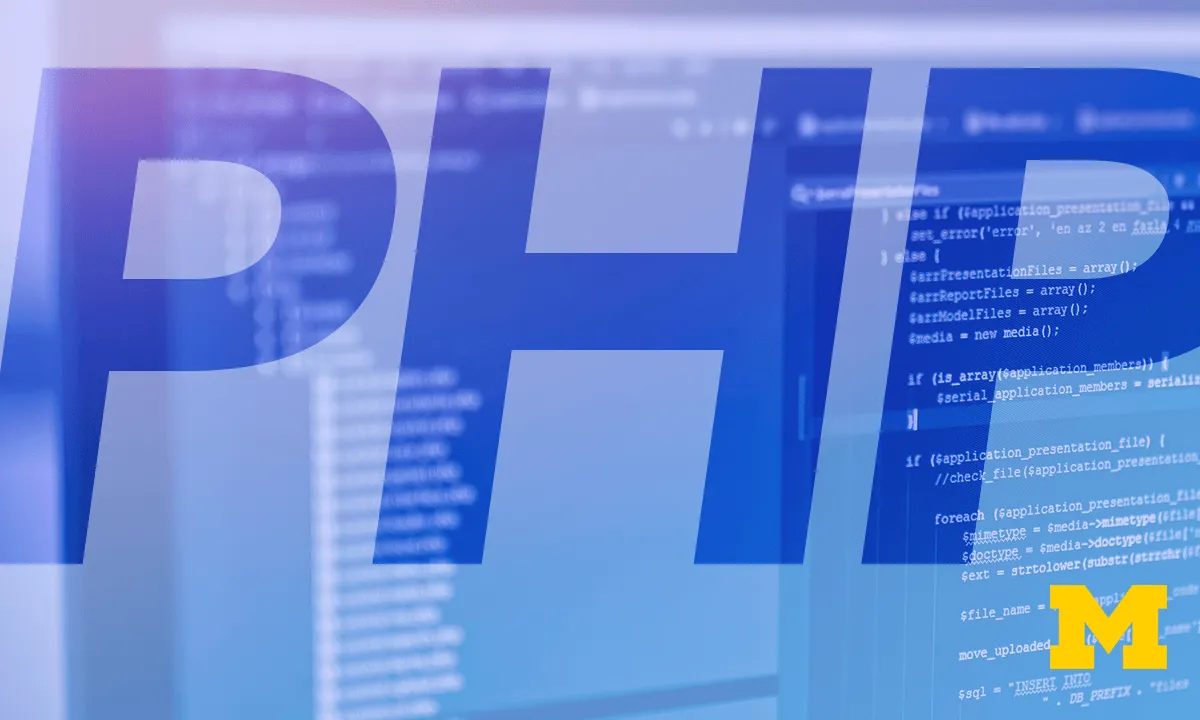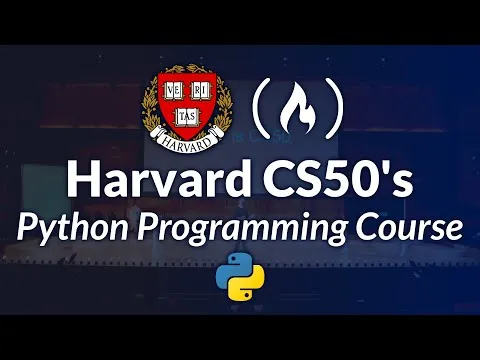
Building Web Applications in PHP 
This course provides an introduction to web application development, covering the basics of HTML, PHP, CSS, and MySQL. Students will learn the request/response cycle, variables, logic, iteration, arrays, error handling, and superglobal variables, as well as how to install and use an integrated PHP/MySQL environment. ▼
ADVERTISEMENT
Course Feature
![]() Cost:
Cost:
Free
![]() Provider:
Provider:
Coursera
![]() Certificate:
Certificate:
Paid Certification
![]() Language:
Language:
English
![]() Start Date:
Start Date:
10th Jul, 2023
Course Overview
❗The content presented here is sourced directly from Coursera platform. For comprehensive course details, including enrollment information, simply click on the 'Go to class' link on our website.
Updated in [March 06th, 2023]
This course, Building Web Applications in PHP, is designed to provide students with an introduction to the fundamentals of web application development. Students will learn the basics of the request/response cycle, HTML, PHP, CSS, and MySQL.
At the beginning of the course, students will be introduced to the request/response cycle, including GET/POST/Redirect. They will also gain an introductory understanding of Hypertext Markup Language (HTML), as well as the basic syntax and data structures of the PHP language, variables, logic, iteration, arrays, error handling, and superglobal variables, among other elements.
Next, students will learn how to use Cascading Style Sheets (CSS) to style markup for webpages. They will also gain the skills and knowledge to install and use an integrated PHP/MySQL environment like XAMPP or MAMP.
By the end of the course, students will have a basic understanding of web application development and the tools necessary to build a web application. They will be able to create a basic web application using HTML, PHP, CSS, and MySQL.
This course is designed for students who are interested in learning the fundamentals of web application development. No prior experience is necessary.
[Applications]
After completing this course, students can apply their knowledge to create dynamic web applications using PHP and MySQL. They can also use HTML and CSS to style their webpages, and use XAMPP or MAMP to install and use an integrated PHP/MySQL environment. Additionally, students can use the request/response cycle, including GET/POST/Redirect, to create interactive webpages.
[Career Paths]
1. Web Developer: Web developers are responsible for creating and maintaining websites. They use HTML, CSS, JavaScript, and other programming languages to create websites that are both functional and visually appealing. Web developers must stay up-to-date on the latest trends and technologies in order to create the best websites possible.
2. Database Administrator: Database administrators are responsible for managing and maintaining databases. They use SQL to create, update, and delete data in databases. They must also be knowledgeable about database security and performance optimization.
3. Web Designer: Web designers are responsible for creating the look and feel of websites. They use HTML, CSS, and other web technologies to create visually appealing websites that are both functional and user-friendly. Web designers must stay up-to-date on the latest trends and technologies in order to create the best websites possible.
4. Software Engineer: Software engineers are responsible for designing, developing, and testing software applications. They use programming languages such as Java, C++, and Python to create software applications that are both functional and secure. Software engineers must stay up-to-date on the latest trends and technologies in order to create the best software applications possible.
[Education Paths]
1. Bachelor of Science in Computer Science: This degree program provides students with a comprehensive understanding of computer science principles and technologies, including programming languages, software engineering, computer networks, and database systems. Students will also learn about the latest trends in web development, such as cloud computing, mobile applications, and artificial intelligence.
2. Bachelor of Science in Web Development: This degree program focuses on the development of web applications and websites. Students will learn about web design, web programming, database management, and web security. They will also gain an understanding of the latest web technologies, such as HTML5, CSS3, JavaScript, and PHP.
3. Master of Science in Web Technologies: This degree program provides students with an in-depth understanding of web technologies, such as web design, web programming, database management, and web security. Students will also learn about the latest trends in web development, such as cloud computing, mobile applications, and artificial intelligence.
4. Master of Science in Software Engineering: This degree program focuses on the development of software applications and systems. Students will learn about software design, software development, software testing, and software maintenance. They will also gain an understanding of the latest software technologies, such as object-oriented programming, distributed computing, and web services.
Pros & Cons

Clear and detailed course material.

Starts with history and ends with coding.

Perfect for beginners.

Great instructor with fantastic attitude.

Too general explanation.

Unrelated assignments.

Poorly written assignments.

Misleading specialization.
Course Provider

Provider Coursera's Stats at AZClass
Discussion and Reviews
0.0 (Based on 0 reviews)
Explore Similar Online Courses

Risk Management in Personal Finance

TESOL Certificate Part 1: Teach English Now!

RDBMS PostgreSQL

Intro To PostgreSQL Databases With PgAdmin For Beginners

PostgreSQL: Client Applications

Mastering SQL using Postgresql

Database Design and Basic SQL in PostgreSQL

PostgreSQL: Advanced Queries

Spatial SQL with Postgres : A language for geographers

Learn SQL Using PostgreSQL: From Zero to Hero

PostgreSQL Essential Training

Harvard CS50's Introduction to Programming with Python : Full University Course
 Related Categories
Related Categories
 Popular Providers
Popular Providers
 Popular Searches
Popular Searches
Quiz
 Submitted Sucessfully
Submitted Sucessfully
1. What is the request/response cycle?
2. What is the purpose of Cascading Style Sheets (CSS)?
3. Which of the following is an example of an integrated PHP/MySQL environment?


Start your review of Building Web Applications in PHP